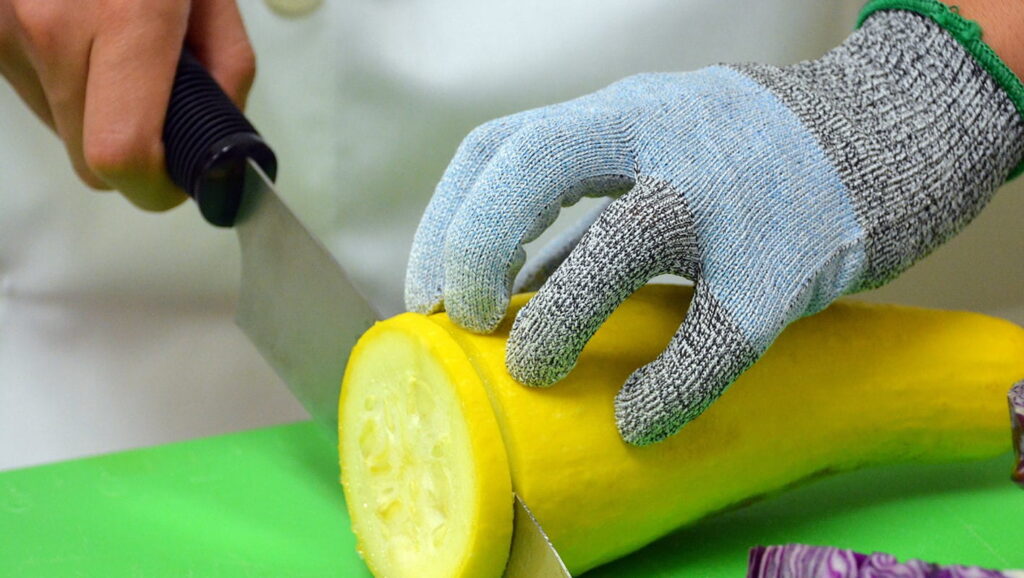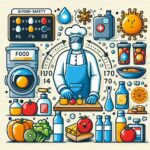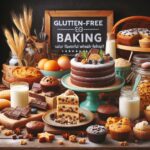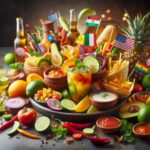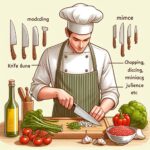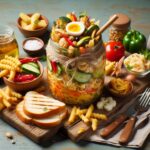A dull knife is more dangerous than a sharp one because it requires more force to cut, increasing the risk of slippage and injury. A sharp knife glides easily through materials, offering better control.
Handling knives in the kitchen, workshop, or outdoors demands respect for every tool’s condition. A common misconception is that sharp knives pose a greater threat than their dull counterparts. However, this is a fallacy of safety. Dull knives necessitate excessive pressure during cutting tasks, leading to a higher propensity for the blade to slip and cause an accident.
The Risk Of Ineffective Cutting Tools
Ineffective cutting tools are those that fail to perform their intended function efficiently. This inefficiency can arise from several factors, including dullness, damage, improper design, or misuse. Such tools require more effort to achieve the desired outcome, leading to a range of safety and operational issues.
Increased Physical Strain
One of the primary risks of using ineffective cutting tools is the increased physical strain on the user. When a tool is not sharp or well-maintained, the user must exert more force to accomplish the task. This added effort can result in:
- Muscle Fatigue: Continuous use of excessive force can lead to muscle fatigue, reducing overall efficiency and precision.
- Repetitive Strain Injuries: Over time, repeated exertion can cause repetitive strain injuries (RSIs) such as tendonitis or carpal tunnel syndrome.
- Accidental Slips: The greater force applied increases the likelihood of the tool slipping, leading to potential injuries.
Tips for Maintaining Sharpness For Safety And Efficiency
A dull knife increases the risk of accidents, as more force is needed to cut, potentially leading to slips and injuries. Keeping knives sharp ensures they efficiently slice through materials with minimal effort, enhancing both safety and productivity in the kitchen.
Regular maintenance and sharpening of knives are crucial for safety. Sharpening restores the blade’s edge, ensuring it can cut efficiently with minimal force. Proper care involves:
- Regular Sharpening: Using a sharpening stone, honing rod, or electric sharpener to maintain the edge.
- Cleaning and Drying: Keeping knives clean and dry to prevent rust and corrosion, which can dull the blade.
- Proper Storage: Storing knives in a knife block, magnetic strip, or sheath to protect the edges from damage.
Safety Practices
In addition to maintaining sharp knives, adopting safe-cutting practices is vital. Some recommendations include:
- Cutting on Appropriate Surfaces: Using cutting boards made of wood or plastic, which are gentle on knife edges, as opposed to hard surfaces like glass or stone.
- Proper Grip and Technique: Holding the knife firmly and using the correct cutting technique to maximize control and efficiency.
- Focusing on the Task: Avoid distractions while using knives to maintain full attention on the task at hand.
Summary
Sharpening your knives is essential, not just for efficiency but for safety too. Blunt blades invite accidents and strain; sharp ones glide through tasks. Remember to maintain your tools, prioritize kitchen safety, and enhance your culinary experience. Keep them finely honed and they’ll serve you well, every slice of the way.
Frequently Asked Questions On A Dull Knife Is More Dangerous Than A Sharp One
Why Is A Dull Knife Considered More Dangerous?
A dull knife requires more force to cut through food. This increased pressure can cause the knife to slip and potentially cause injury. Sharp knives glide more easily, reducing the risk of accidents.
How Does Knife Sharpness Impact Kitchen Safety?
Sharp knives are safer as they cut with precision and require less force. Dull knives can slip off food and lead to cuts. Always keep knives sharp for safer food preparation.
What’s The Correct Way To Sharpen A Knife?
To properly sharpen a knife, use a sharpening stone or rod. Hold the knife at the appropriate angle and draw it across the stone with even pressure. Regular honing keeps the edge aligned.
Can A Sharp Knife Improve Food Preparation?
Yes, a sharp knife provides clean cuts, better precision, and efficiency. It makes prep work faster and reduces the effort needed, resulting in better kitchen performance and enjoyment.

